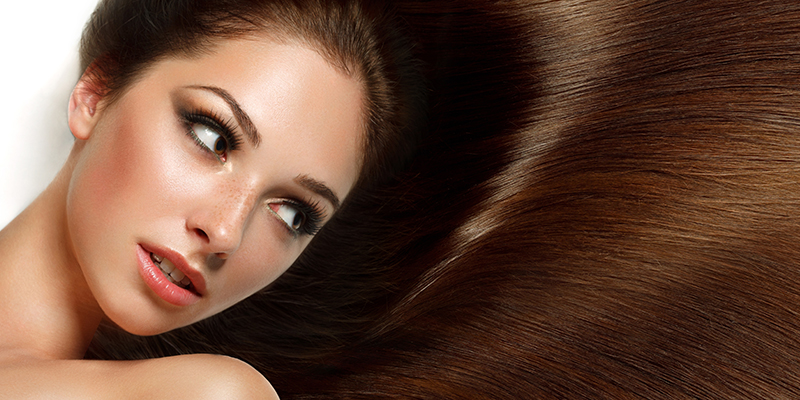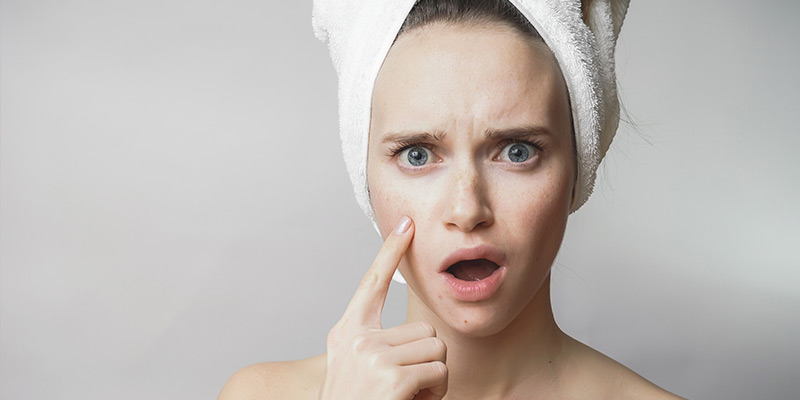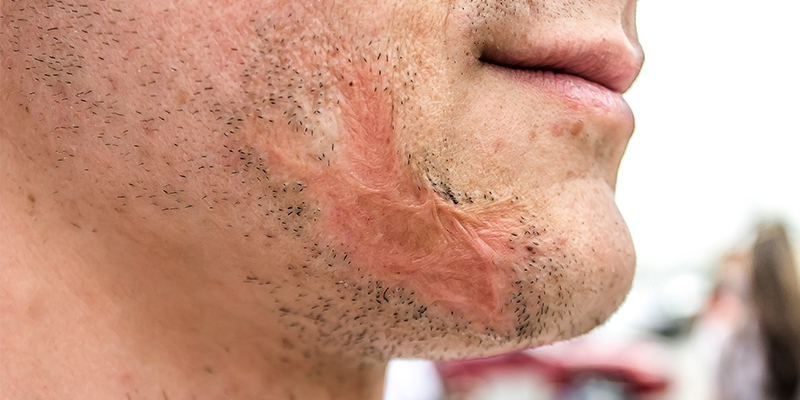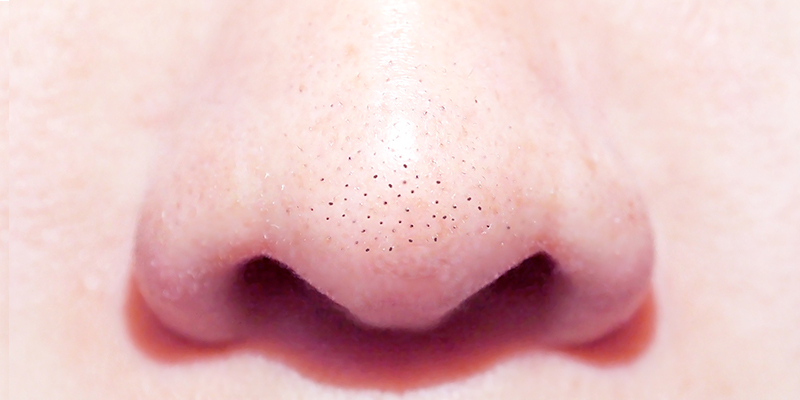Folliculitis: Causes, Treatment, Prevention, And More
Folliculitis is one of the most common skin problems that people of every age or gender can get. Though, by taking some thoughtful steps, one can easily get an ideal folliculitis treatment. In this article, we will make you familiar with the main folliculitis causes and how to inhibit the folliculitis bacteria growth. We will also discuss some folliculitis symptoms that would help you diagnose the skin problem at an early stage.
What Is Folliculitis?
Folliculitis is a common skin problem that is caused by the infection or inflammation on one or more hair follicles. It can happen on any part of the body which has hair growth. While scalp folliculitis is quite common, folliculitis on the buttocks, legs, thighs, neck, and armpits is also observed. Some people can get folliculitis on the face as well. It can either be acute or chronic. The chronic problem can lead to folliculitis lymphoma.
What Causes Folliculitis?
Folliculitis is majorly caused by Staph (Staphylococcus aureus) bacteria. Besides the folliculitis bacteria, it can also be caused by fungi or a viral infection. Since folliculitis is contagious in nature, one can get it by using soap, clothes, towel, and other personal items of someone who is already affected by it. Here are some other folliculitis causes –
- Excessive sweating
- Not showering for a few days
- Wearing tight clothes that cause skin irritation
- Scalp folliculitis can be caused by wearing tight hair-bands
- Ingrown hair
- The rubbing of cloth on sweat glands can cause folliculitis in the armpit
- Side effect of some medications
- Bathing in an infected pool (or tub)
- Skin injuries or cuts caused by shaving
- Folliculitis on face is associated with acne and pimples
- People with diabetes or immune problems are more likely to get folliculitis
Also Read: What Causes Excessive Sweating & How To Stop It?
What Are The Signs And Symptoms Of Folliculitis?
Initially, folliculitis might mimic a pimple with a yellow or white tip. Sometimes, it can also look like a red bump, rash, or a skin patch. It can progress to the nearby hair follicles as well, forming a significant lump. The common folliculitis symptoms are red bumps, pus formation, itching, inflammation of the skin, swelling, boil formation, crusty sores, etc. If not treated, it can also cause fever and develop into a chronic stage.
What Are The Types Of Folliculitis?
On the basis of its position and intensity, folliculitis can either be superficial or deep.
- Superficial Folliculitis: -As the name suggests, they are not skin-deep and occur on the superficial layer. It can form pus and a superficial boil that might itch. The hot tub folliculitis is caused by Pseudomonas folliculitis infection from pools or tubs. It can also happen when our body is overly covered by a swimsuit for hours.
Another common kind of superficial folliculitis is known as a Barber’s Itch. It can lead to folliculitis on the face or armpit due to ingrown hair or cuts. Pityrosporum is a yeast that can also cause the infection. It happens on the upper body and can cause redness of the skin. Most of the superficial infections can be treated in 5-6 days. - Deep Folliculitis: -When the infection becomes chronic and reaches the deeper layer of the skin, then it can cause some drastic health issues. Staph infection can lead to boil formation, which can cause swelling and pus. If left untreated, it can form a cluster of boils and permanent scarring. The sycosis form of the Barber’s Itch can also end in the permanent loss of hair.
Gram-negative bacterial infection is a kind of deep folliculitis which usually happens due to the side effects of a high-dose of antibiotics. It can be resolved once the antibiotic’s consumption is stopped. Eosinophilic deep folliculitis mostly occurs due to an immune problem like HIV.
How Is Folliculitis Diagnosed?
Folliculitis is mostly diagnosed by a dermatologist or a physician. The infected areas of the skin or the scalp are closely examined by an experienced professional to analyze the intensity of the infection. If you are having folliculitis symptoms, then you should consult a dermatologist immediately. Let them know about the history of scalp folliculitis or any other area. Inform them how long you have had the infection and let them know if you are taking any other prescribed medication or not.
Also Read: How To Find The Best Dermatologist Near You?
How Is Folliculitis Treated?
In most of the cases, leg folliculitis or folliculitis on the buttocks doesn’t cause a serious health issue. Your doctor would prescribe a course of antibiotics for 5-7 days. The acute folliculitis treatment would include a few oral pills and lotions. This would inhibit the growth of bacteria and let your hair follicles heal naturally.
If folliculitis on the face or any other area has reached a chronic stage, then your doctor might recommend a laser treatment along with some prescribed folliculitis antibiotics. During the course of treatment, patients are advised not to wax or shave their hair and let the follicles heal for a period of 2-3 months.
How Is Folliculitis Prevented?
In order to prevent folliculitis, we would recommend following these expert tips and suggestions –
- To avoid contracting folliculitis infection, don’t share personal items like razors, towels, soaps, etc.
- Don’t use skin moisturizers that would clog your follicles.
- Try not to wear rough fabrics like denim if you have a history of folliculitis.
- Avoid wearing tight or skinny fit clothes.
- Make sure that you shower after exercising to avoid sweat collection on the pores.
- Don’t shave against the direction of hair growth to avoid folliculitis in areas like the armpit, legs, face, etc.
- Don’t tie your hair into tight ponytails or use tight hair-bands that can cause scalp folliculitis.
- Folliculitis on the buttocks can happen by sitting in the same position for hours, which should be avoided.
- If you use an electric razor, make sure that you moisturize your skin to avoid the tearing of the skin.
Also Read: How To Get Rid Of Back Acne Completely?
Now when you know the basic information about folliculitis, you can easily catch it at an early stage and get it treated as well. For a professional folliculitis treatment, you can visit the nearest branch of Oliva Skin & Hair Clinics. Our in-house experienced dermatologists will help you get flawless skin without the sign of any folliculitis infection.















